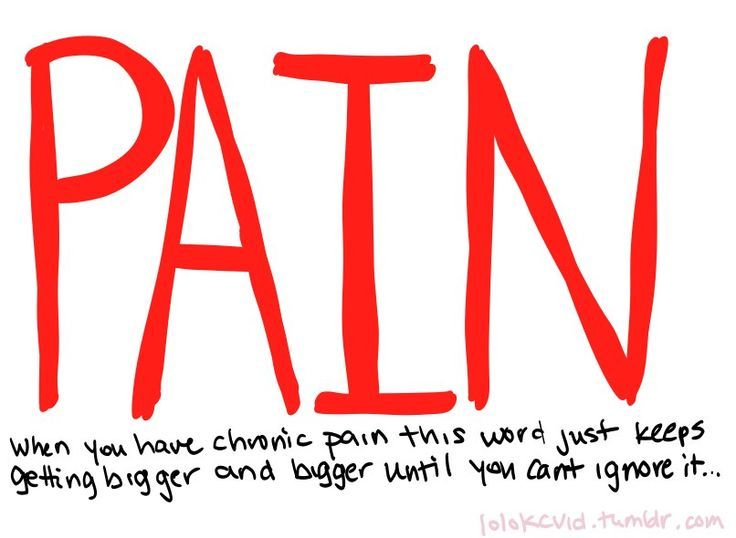Fibromyalgia causes much pain all throughout the body, as we are all too well aware. Does that include the jaw? Or is jaw pain caused by an entirely different condition?
Fibromyalgia typically comes with an extensive list of companion illnesses. One common condition seen in those of us with fibromyalgia is a temporomandibular joint disorder (TMJD).
It is estimated that 90 percent of fibromyalgia patients experience facial and jaw pain, and possibly as many as 75 percent of fibromyalgia patients are living with TMJD.
What is Temporomandibular Joint Disorder?
TMJD is a disorder that affects the jawbone. It attacks the muscles and cartilage in the face, head, and neck. This may cause a lot of different issues, including:
- Pain in the face and jaw
- Headaches
- Difficulty opening and closing the mouth
- Pain in the shoulders, back, or neck
- Tinnitus (ringing in the ears)
- Dizziness
- Blurred vision or double vision
- Vertigo and nausea
- Grinding of the teeth
- Hearing problems
- Pain in front of the ears
Waking up to intense pain in your jaw, face, and a raging headache, on top of the pain and stiffness throughout your back, arms, and legs from fibromyalgia is far from pleasant. It is easy to understand why TMJD is such a big issue, especially when combined with fibromyalgia.
There are two types of TMJD: joint TMJD, and muscular TMJD. It is the later one that primarily affects people with fibromyalgia. It can also affect the muscles we use to chew and move our scalp, face, neck, and shoulders.
Click Here to Visit the Store and find Much More….
Some of the possible causes for muscular TMJD may include:
- Sleep deprivation
- Trauma to the muscles
- Stress
- Traumatic events
- Problems with neurotransmitters in the brain
Most of these are also possible causes of fibromyalgia or are symptoms of fibromyalgia.
These two conditions are very closely linked, and doctors consider muscular TMJD as a type of fibromyalgia.
Much like fibromyalgia, TMJD affects the way our body and brain interprets pain signals – meaning our body feels pain when there should be none.
TMJD can also make the already sensitive trigger points even more sensitive, leading to more pain throughout our bodies. The last thing we need to more pain!
Treating Temporomandibular Joint Disorder
Sadly, many of us are living with TMJD without being treated or even being diagnosed. Why? There is a disconnect over which doctor treats it.
Some doctors view it as a dental issue, while dentists see it as being a medical problem. This can also lead to issues with which insurance company will pay for treatment, often ending in neither medical nor dental insurance covering treatment of TMJD.
So, what can we do to relieve the pain and discomfort caused by TMJD?
It is believed that one of the primary causes of TMJD is stress. As I am sure we are all aware stress causes many problems, especially when you have fibromyalgia.
Finding ways to reduce stress can help with reducing the symptoms we experience because of TMJD, as well as fibromyalgia.
If you think that’s a lot easier said than done, believe me, I hear you! But there are steps that we can take to reduce stress.
Here are a few suggestions that may enable you to lessen stress in your life;
- A nutrient rich diet
- Herbs, vitamins, and supplements
- Gentle exercise
- Journaling
- Spending time in nature
- Spending time with the people you love
- Cognitive behavioral therapy
- Acupuncture
Combined with stress reducing lifestyle changes, medication can help relax facial muscles and reduce pain. Massage has also been found helpful for some.
In some cases, a dentist may put in an orthotic occlusal plate to help stabilize the bite and balance the jaw, head, and neck muscles.
As with many other aspects of having fibromyalgia, there are no easy answers. However, with some determination, a persistent attitude, along with help from doctors and therapist, it is possible to gain relief from jaw pain.
Resources:
Fibromyalgia Symptoms (Temporomandibular Joint Disorder)
Psychology Today (TMJD: The Gnashing of Teeth, The Painful Face of Fibromyalgia)


